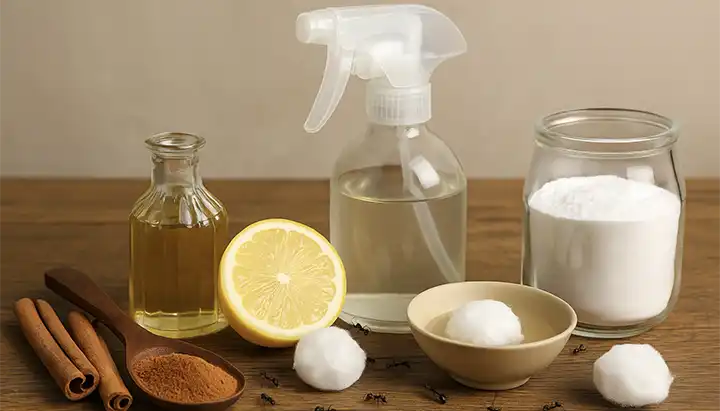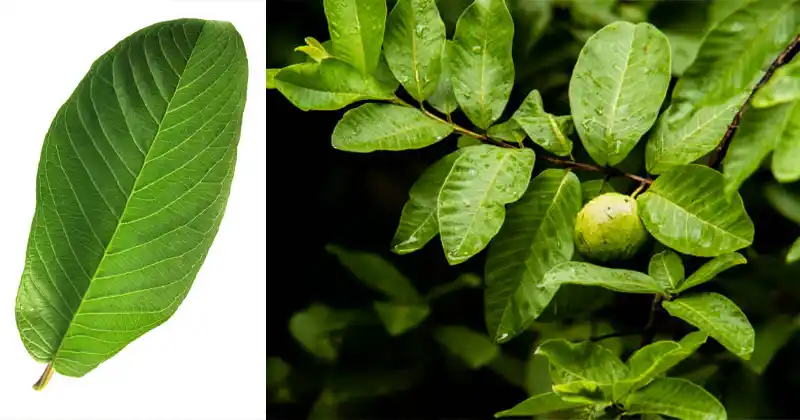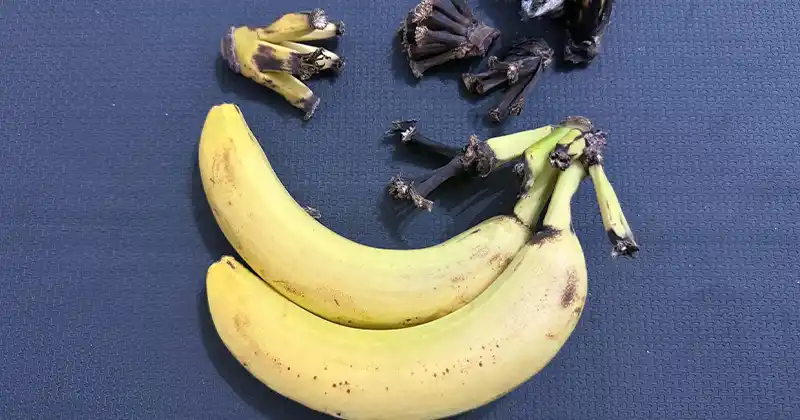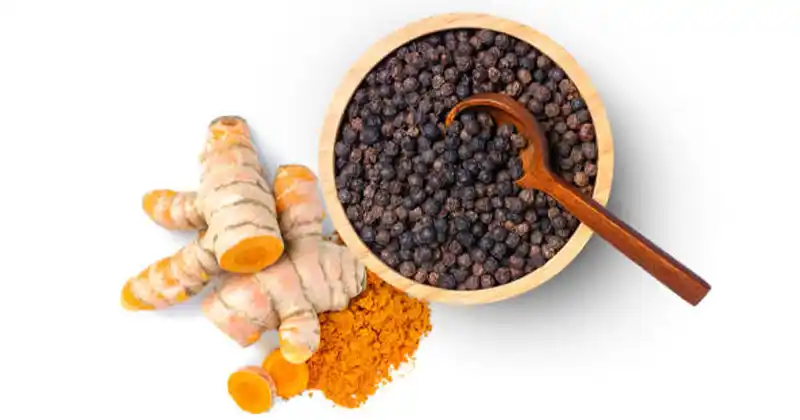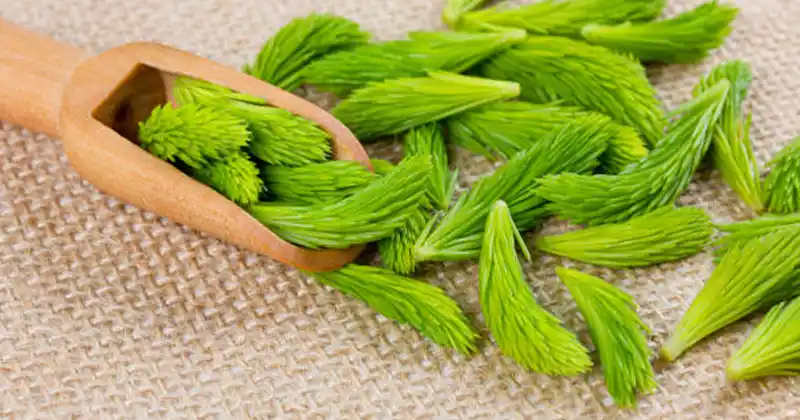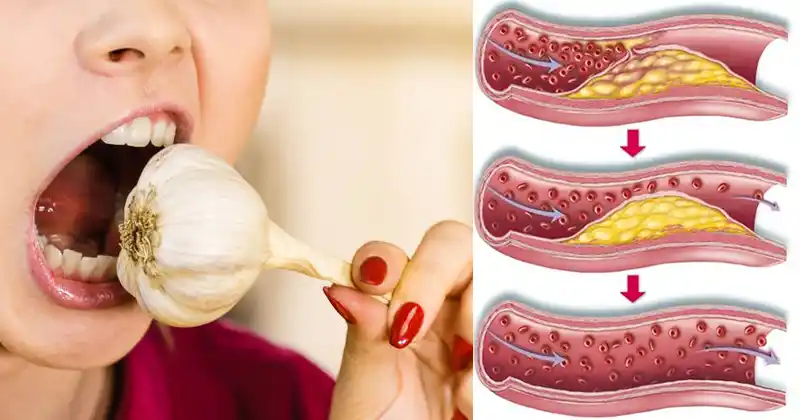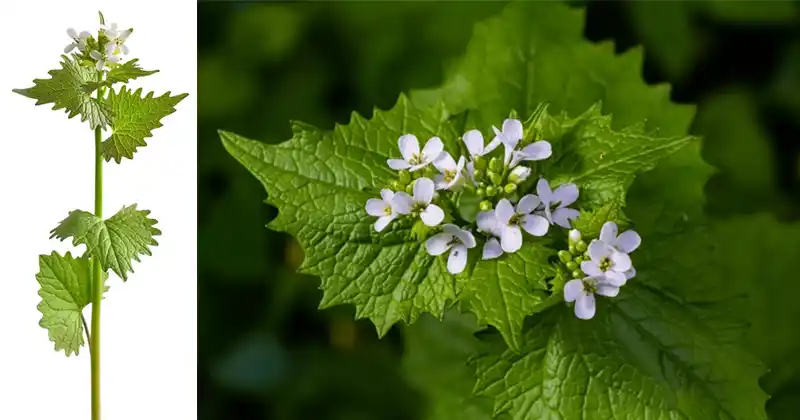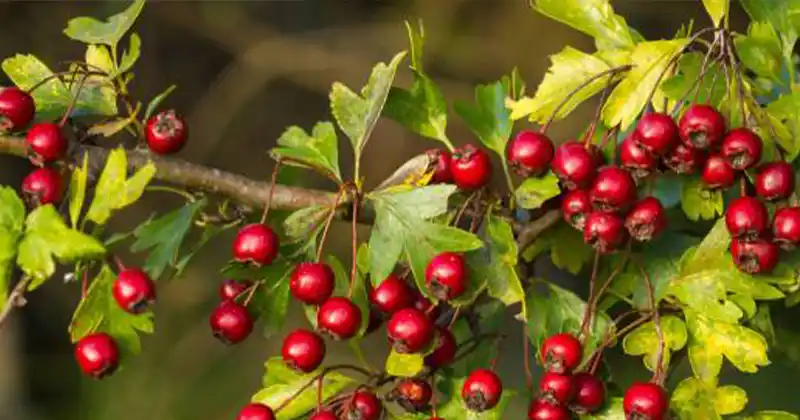14 Effective Ways to Test the Authenticity of Honey: Distinguishing Real Honey from Fake
Natural honey, a delicious and healthy alternative to processed sugar, is known for its antioxidants, vitamins, and digestive enzymes. However, the market often sees adulterated honey products. Here are 14 methods to determine honey’s quality and authenticity:
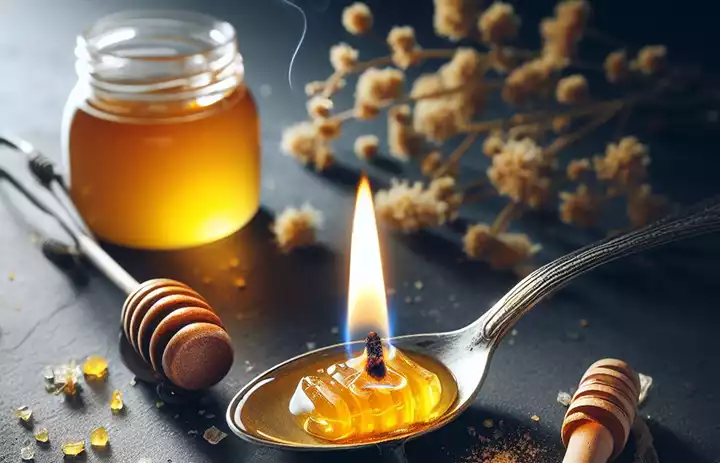
- Thumb Test: Real honey sticks to your thumb, whereas fake honey tends to run off.
- Water Test: In a glass of water, pure honey sinks to the bottom without dissolving.
- Fire Test: Pure honey can be lit with a matchstick, indicating its authenticity.
- Viscosity Test: Real honey is thick, flowing slowly, unlike adulterated honey which is usually watered down.
- Flame Test: Pure honey will ignite when a matchstick is dipped in it, unlike adulterated honey with high moisture content.
- Taste Persistence: Real honey’s sweet taste dissipates quickly in the mouth, unlike fake honey which leaves a longer-lasting sweetness.
- Flavor or Scent: Pure honey contains unique volatile organic compounds from nectar, giving it distinctive flavors or scents.
- Iodine Test: Sprinkling iodine on honey can reveal starch additives if the honey turns blue.
- Paper Test: Dropping honey on paper; if it leaves a wet mark or gets absorbed, it indicates added water.
- Crystallization: Natural honey crystallizes over time, especially in cooler temperatures, while fake honey remains liquid.
- Vinegar Test: Mixing honey with vinegar and water; foaming indicates adulteration.
- Ant Test: Ants are usually attracted to adulterated honey due to high sugar content, while they avoid pure honey.
- Bread Test: Spreading honey on bread; real honey will harden the bread due to its low water content.
- Appearance: Real honey contains natural impurities like wax particles or pollen grains and is not perfectly clear.
These methods provide a comprehensive guide to discern the quality of honey, helping consumers choose genuine products and enjoy the full health benefits of natural honey.
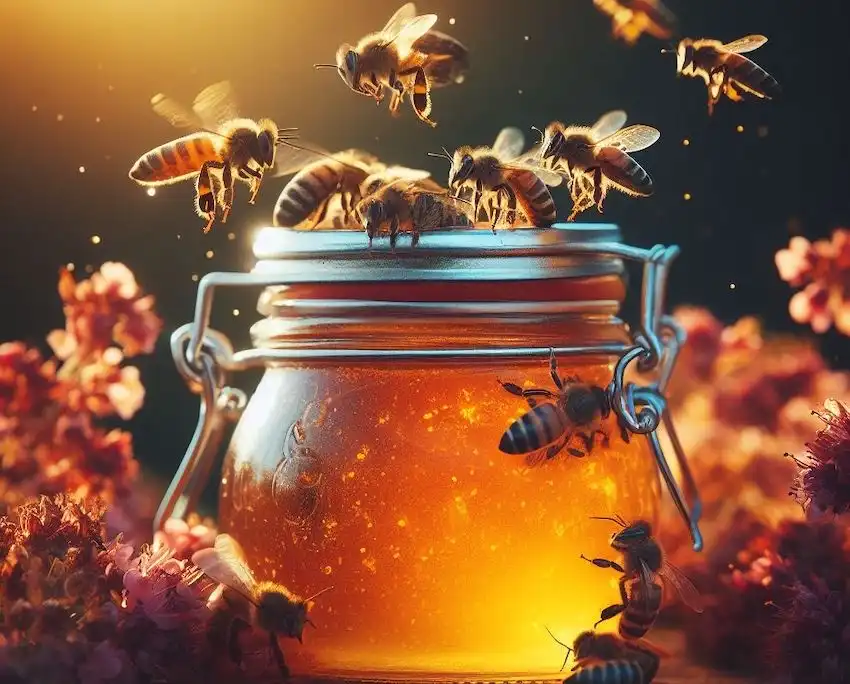
Why Fake Honey is Dangerous
Fake honey is a significant concern in the global food market. Here’s why it poses a danger:
- High Sugar Content: Much of the commercially sold honey is actually flavored syrup, mainly composed of sugar syrup. This adulteration turns what should be a natural product into essentially pure sugar syrup. Consuming too much sugar syrup can have harmful health effects, increasing the risk of obesity, diabetes, and other sugar-related diseases.
- Misleading Nutritional Value: Fake honey products often replicate the taste and appearance of real honey, making it difficult for consumers to distinguish between the two. Some products explicitly indicate on their labels that they contain flavored syrup, high-fructose syrup, or glucose – clear indicators that the product is not pure honey.
- Regulation Challenges: The global prevalence of fake honey makes it difficult for regulators to police the market effectively. Despite efforts by food and drug administrations, many adulterated honey brands remain available in stores. These products often use sophisticated formulations and synthetic ingredients to mimic real honey, misleading consumers about their nutritional intake.
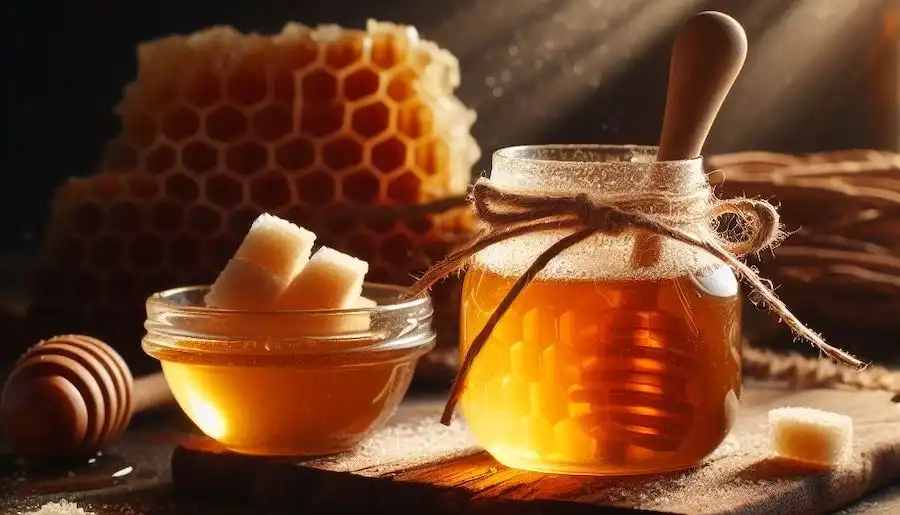
In conclusion, the dangers of fake honey stem from its high sugar content, misleading nature, and the challenges regulatory bodies face in controlling its spread in the market. To ensure the purchase of authentic honey, it is advisable to buy from local producers known for supplying raw and wild honey.
Inspired by this? Share the article with your friends!